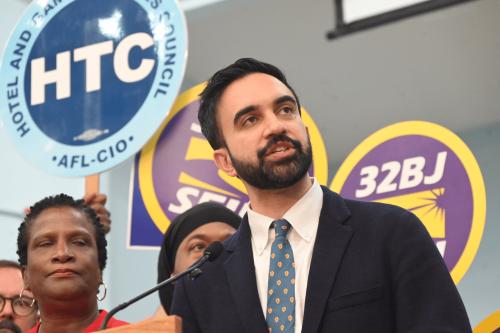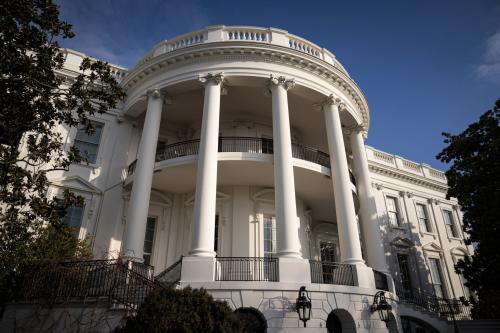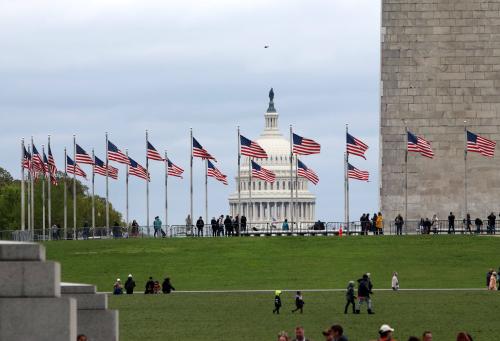“The President needs help!”
These are the four most urgent words ever delivered to a president of the United States. They were the words of the President’s Committee on Administrative Management. The president was Franklin Roosevelt, the year 1937. That was the year Inauguration Day was advanced from March 4 to January 20—and life for newly elected presidents became ever more difficult. You could no longer take a leisurely four months to plan your administration or, like Woodrow Wilson, enjoy a month’s vacation in Bermuda.
Instead you have seventy-seven-and-a-half days (counting Christmas and New Year’s Day) to perform the incredibly difficult and complex job of creating a government before taking office.
There is no shadow cabinet to move in with you, as in a parliamentary system. Your staff—created for campaigning, not governing—lacks many of the talents you now require. Your political party asks not what it can do for you. The government’s civil service is either too liberal or too conservative, according to past presidents. And this is just the start of your problems.
##1##One school of transition scholars advocates that you “hit the ground running.” They urge you to take advantage of the honeymoon period that the media and the voters usually give a new president. You’ll never have all the pieces in place when you take office anyway, so go for quick victories. Good first impressions are important.
Another school of scholars advises you to be cautious while you’re still learning the ropes. You’ll never have all the pieces in place when you take office, and ignorant presidents make unnecessary mistakes. It’s hard to undo bad first impressions.
Both are right.
##2##After you have assessed your circumstances—the size of your electoral victory, makeup of Congress, state of the economy, immediate troubles in the world—it is essential to prioritize your long-term goals and then have a pocketful of doable actions ready for quick victories.
Now, let us begin.
Getting Started
Properly position your presidency—creating a sort of personal political gyroscope—by completing these two short exercises. First, list the five reasons you think people voted for you (not merely what your pollster told you). Then list the five most important promises you made during the campaign. Don’t include promises such as President Jimmy Carter’s “I’ll never lie to you.”
If you think people voted for you because of your personal characteristics and to deny the Oval Office to your opponent or his party, then you have already accomplished these goals. But the other reasons you wrote down probably relate to fears and hopes at home and abroad. Refer to this list every December when you start to write your State of the Union address.
As for promises you made during the campaign, some will obviously have to be honored over time, but others should be ready for submission to Congress (or to be put into effect as executive orders) as soon as possible after the inauguration. Keep the list short and doable. You can name on the fingers of one hand the things Ronald Reagan said he wanted to do in January 1981. While you want to keep your promises, you may find that circumstances change and you have to adjust to new situations. Or you may learn things you didn’t know, as happened with President Kennedy, who had spoken of a “missile gap”—a Soviet advantage in nuclear weapons capabilities that threatened U.S. security—during the 1960 campaign. Later evidence revealed the missile gap to be a myth.
If President-elect Bill Clinton had used these exercises in 1992, he might have avoided the rocky start of his administration when it got sidetracked by the “gays in the military” issue.
NEXT WEEK: STAFFING THE WHITE HOUSE
The Brookings Institution is committed to quality, independence, and impact.
We are supported by a diverse array of funders. In line with our values and policies, each Brookings publication represents the sole views of its author(s).



Commentary
What Now? Getting Started
November 5, 2008